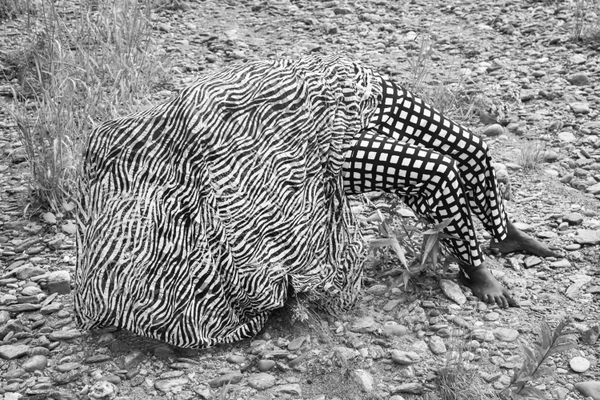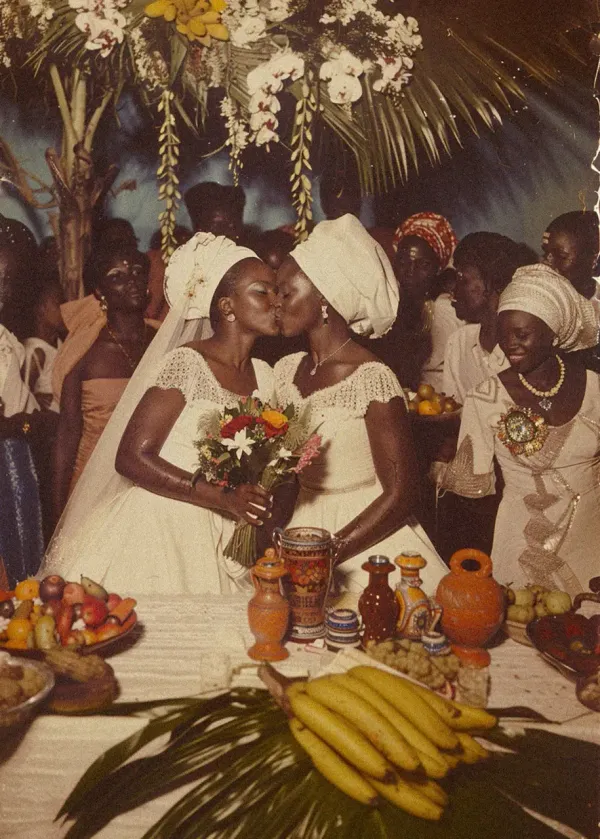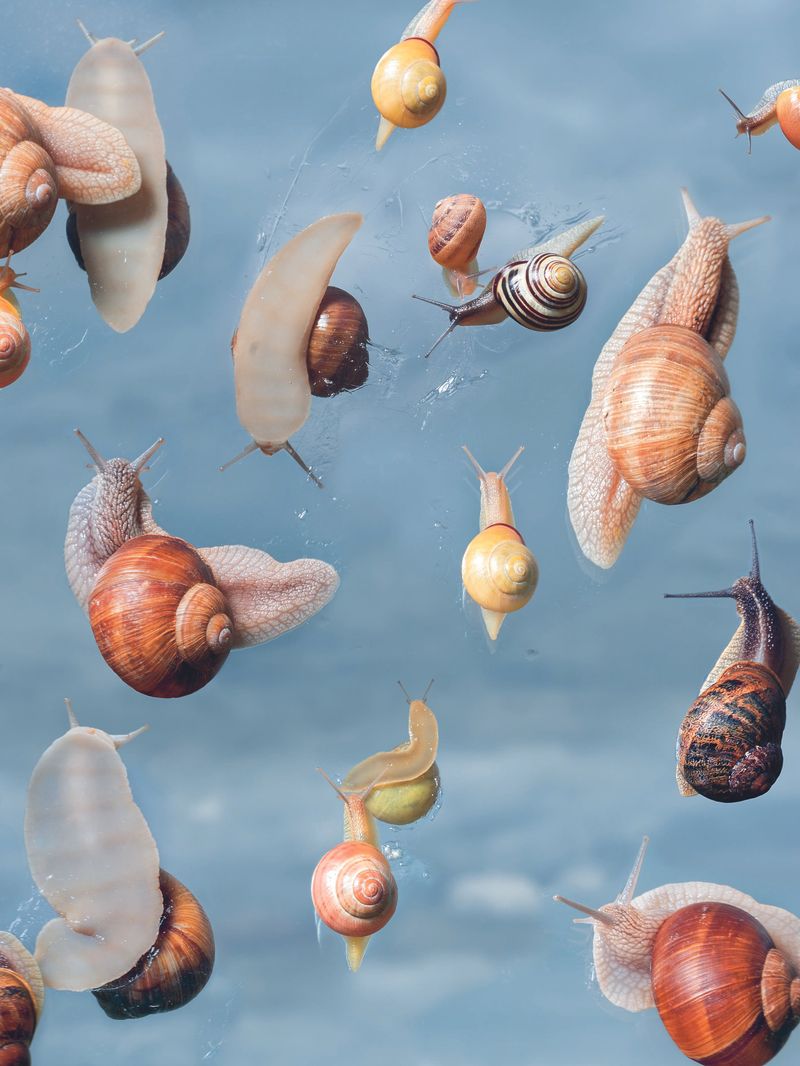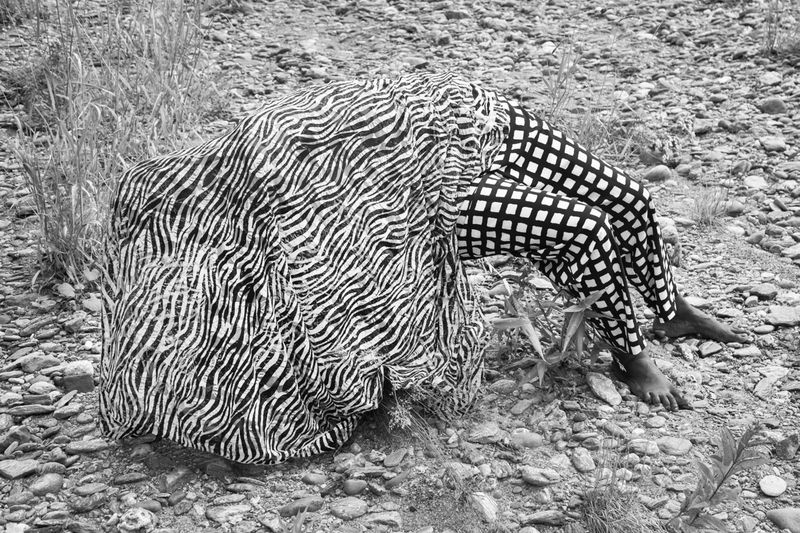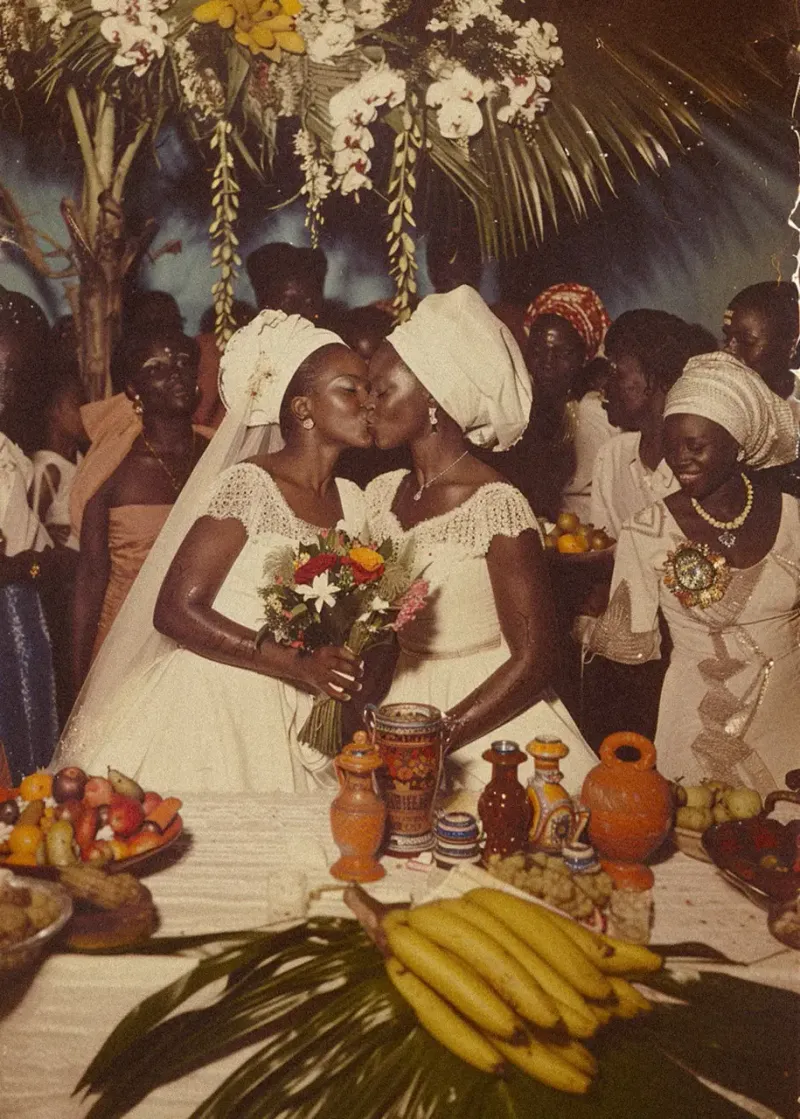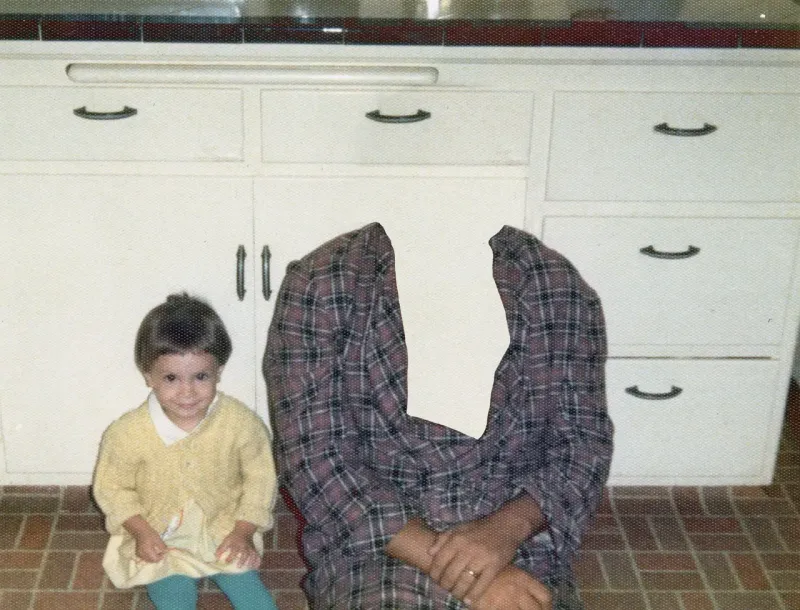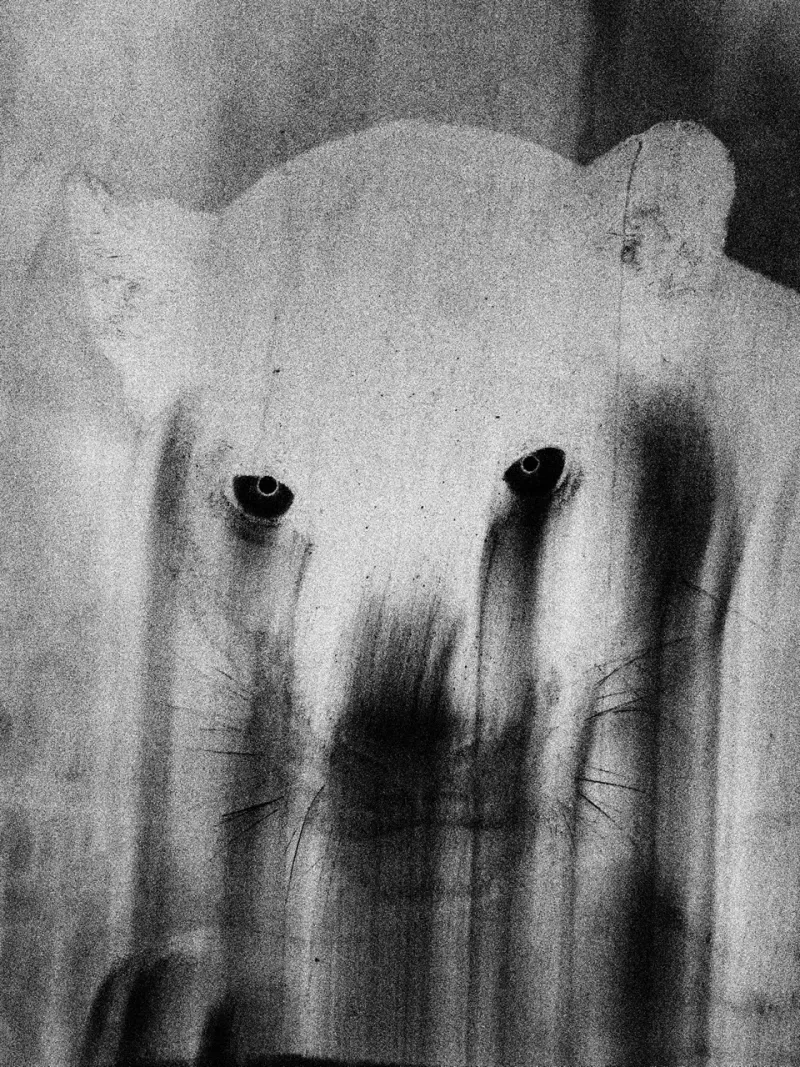Les Rencontres d'Arles 2025
-
Opens7 Jul 2025
-
Ends5 Oct 2025
-
Link
- Location Arles, France
Every summer since 1970, over the course of more than forty exhibitions at various of the city's heritage sites, the Rencontres d'Arles has been a major influence in dissiminating the best of world photography.
«Our identities [...] are not rooted in a single territory. They expand, blend, move, and constantly recreate themselves.»
In the spirit of Édouard Glissant's thought, which celebrates the intertwining of cultures and the richness of encounters, this new edition of the festival proposes to explore the image in a polyphonic form. Here, photography is not limited to an exotic gaze: it inscribes the elsewhere in a dynamic of exchange and "cultural translation," extending the reflection of the anthropologist Alban Bensa. Photography is considered as a tool of resistance, testimony, and social transformation in the face of contemporary crises.
Engagement runs through the entire program of this 56th edition. From Australia to Brazil, via North America and the Caribbean, while the world is shaken by the rise of nationalism, the growth of nihilism, and environmental crises, the photographic perspectives offered provide an essential counterpoint to dominant discourses, celebrating the diversity of cultures, genders, and origins.
Through a dialogue between contemporary and emerging scenes, vernacular photography, and modernism, the exhibitions presented in the context of the Brazil-France 2025 Season celebrate the artistic richness of the Latin American country. The Ancestral Futures exhibition proposes a reflection on memory and identity: by reinterpreting visual archives, artists question the colonial legacy and the struggles of Afro-Brazilian, indigenous, and LGBTQIA+ communities. Through a critical lens, representations are redefined and open new perspectives on History and the future, while debates on the restitution of heritage and the rewriting of founding narratives intensify. With Retratistas Do Morro, the collection of 250,000 negatives by photographers João Mendes and Afonso Pimenta reveals the daily life of the Serra community in Belo Horizonte, the largest and oldest Brazilian favela. This dynamic is extended with the exhibition dedicated to Claudia Andujar, whose activism finds its sources in the struggles of the 1960s and 1970s, before she dedicated her work to the indigenous Yanomami people. As for the Foto Cine Clube Bandeirante (FCCB), founded in 1939 in São Paulo, it illustrates a pivotal period of Brazilian modernist photography, traversed by neo-concrete art, Cinema Novo, and bossa nova.
Another continent reveals a fascinating panorama of its photographic creation, emanating from indigenous artists or its contemporary artistic scene. On Country: Photography from Australia explores the profound and spiritual relationship that First Peoples have with their lands, far beyond the geographical notion. This link, which transcends colonial history and modernity, is expressed in works where photography becomes a tool for transmission and resilience in the face of climatic and political disorders that threaten this cultural heritage.
The question of territories and their mutations also traverses other geographical areas. US Route 1 revisits Berenice Abbott's unfinished project. Anna Fox and Karen Knorr continue this exploration of the mythical route linking Maine to Florida, revealing the profound mutations of the United States—economic fractures, migratory crisis, and identity tensions—accentuated by recent political upheavals.
With Raphaëlle Peria, laureate of the BMW Art Makers program, it is through childhood memories that the crossing of a vast expanse is evoked, leading us to the banks of the Canal du Midi.
The exhibition dedicated to the reference photographer Louis Stettner links the American and European continents, exploring his role as a bridge between American Street Photography and French humanist photography. Through 150 images and unpublished documents, his social and political commitment, as well as the diversity of his artistic experiments, are revealed from a new angle. His images translate a deep sensitivity to social realities, an approach also found in the work of Letizia Battaglia. The Italian artist captured with unparalleled intensity the violence of the Sicilian mafia, while magnifying the beauty and breath of life of Palermo. Her work resonates with the growing threats to investigative journalism and freedom of the press, a sensitive subject taken up by Carine Krecké, laureate of the Luxembourg Photography Award, who questions our view of information and the memory of conflicts.
Among the prominent presences of this edition, Nan Goldin, laureate of the 2025 Women In Motion Award and an emblematic figure of the festival, returns with a new proposition that testifies to her singular, uncompromising visual writing, particularly around family and friendship ties. What connects individuals relates to complex relationships. Diana Markosian, Keisha Scarville, Camille Lévêque, and Erica Lennard explore these different links, shaped by social, cultural, and political dynamics. The works of Carmen Winant and Carol Newhouse, or Lila Neutre, broaden the contours of the notion of kinship by integrating identity and emotional heritages, thus deconstructing the boundaries between biological and elective family.
In a memorial register imbued with acts of revolt and aspirations for emancipation, Agnès Geoffray questions our relationship to history through her work on institutions for underage girls in France. Through photographic and textual recompositions, she gives voice and presence to those who were deemed "uneducable," questioning the social norms of their time and thus revealing ignored parts of the past.
In the wake of these forgotten stories, the richness of anonymous images stands out through the Marion and Philippe Jacquier collection. Composed of nearly 10,000 anonymous and amateur prints, it offers a vast body of visual stories where intimate, documentary, and unusual elements mingle. This exploration of vernacular photography reveals fragments of past lives and snapshots of everyday life.
The intertwining between photography and other disciplinary fields is embodied in the exhibition Yves Saint Laurent and Photography, conceived with the Yves Saint Laurent Museum Paris, from its collections. Offering an immersion into the couturier's universe, it explores his relationship with the photographers of his time and his intimate inspirations. Between rigor and graphic audacity, his fashion finds a new dimension in photography, oscillating between thought and emotion.
Finally, the festival pursues its desire to highlight emerging talents. The exhibition of the 2025 Louis Roederer Discovery Award, curated by César González-Aguirre, extends its reflections on the contemporary challenges of photography and returns to its quarters at the Espace Monoprix.
With Aurélie de Lanlay and the entire festival team, we look forward to seeing you in Arles, from July 7th, to discover a vibrant and committed edition, where the image affirms itself, more than ever, as a space for awareness and reinvention.
Christoph Wiesner, Director of Rencontres d’Arles

